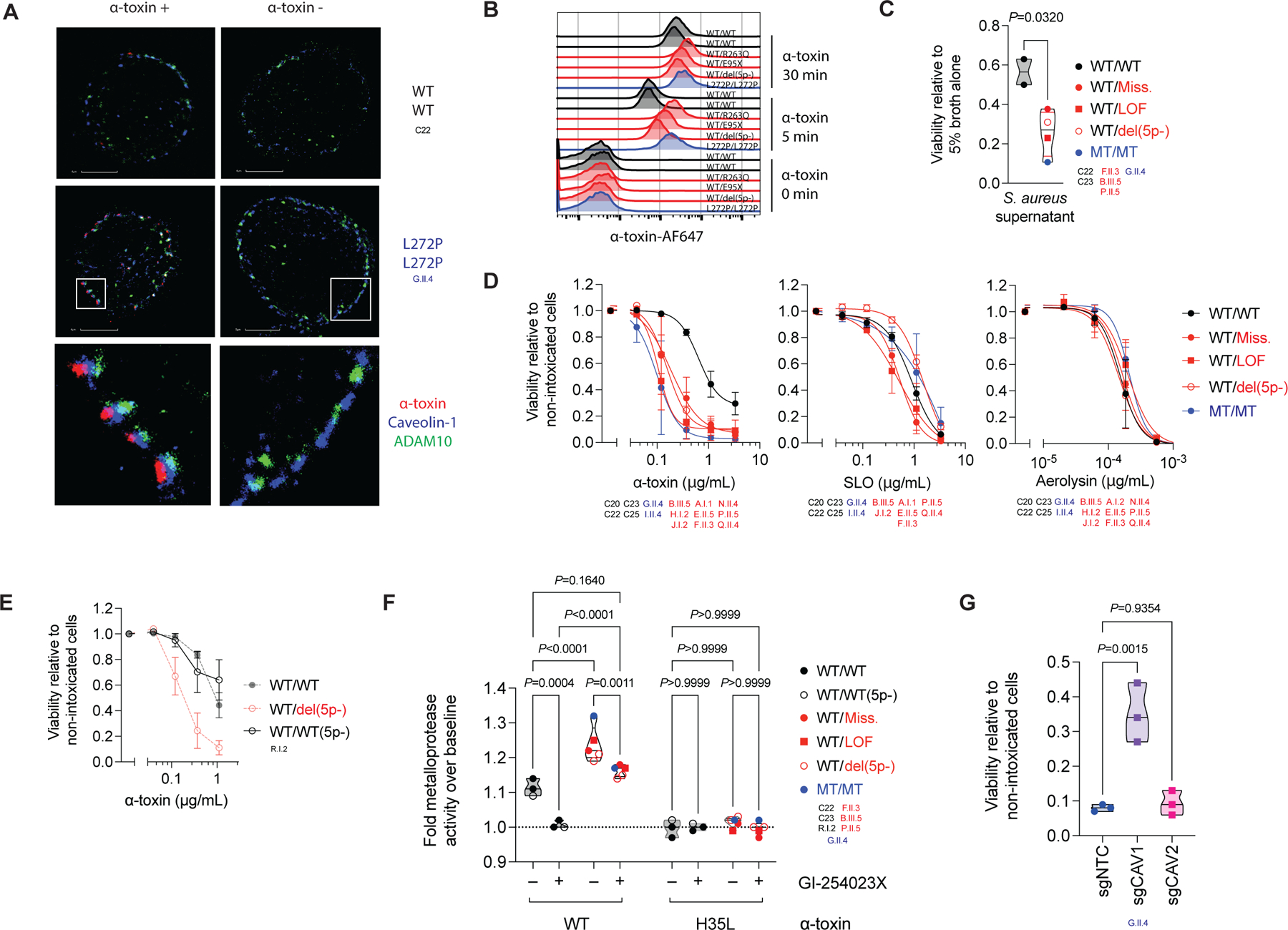Figure 6. OTULIN haploinsufficiency impairs intrinsic immunity to α-toxin in fibroblasts.

(A) Colocalization of α-toxin with ADAM10 and caveolin-1 in primary dermal fibroblasts (PDFs), visualized in high-resolution images acquired by stochastic optical reconstruction microscopy, after 30 minutes of incubation in the presence or absence of α-toxin. (B) Binding of α-toxin in PDFs, as detected by flow cytometry. (C) Viability of PDFs following 2.5 h of incubation with culture supernatant from S. aureus (datapoints indicate the mean of N=3 replicates per patient, median per group). (D) Viability of PDFs following 24 h of incubation with recombinant microbial toxins (N=2–4 per group, mean ±SD per group). (E) Viability of PDFs from a 5p- syndrome patient with a breakpoint telomeric to OTULIN following 24 h of incubation with recombinant α-toxin, superimposed on that for healthy controls and 5p- patients with a breakpoint centromeric to OTULIN from panel (F) (N=3, mean ±SD). (F) Cell-surface metalloprotease activity in PDFs induced by wild type α-toxin (WT) or a toxoid mutant (H35L) following the treatment of cells with an ADAM10 inhibitor or carrier (datapoints indicate the mean of N=3 replicates per patient, median per group). (G) Viability of OTULIN-deficient PDFs treated with an sgRNA pool targeting CAV1 (sgCAV1), CAV2 (sgCAV2), or a non-targeting control sgRNA (sgNTC) following exposure to α-toxin (0.12 μg/mL; N=3, median). The statistical significance of differences was assessed in Student’s t-tests (C), or by ANOVA with Bonferroni (F) or Dunnett (G) post hoc corrections for multiple comparisons. See also Figure S6.
